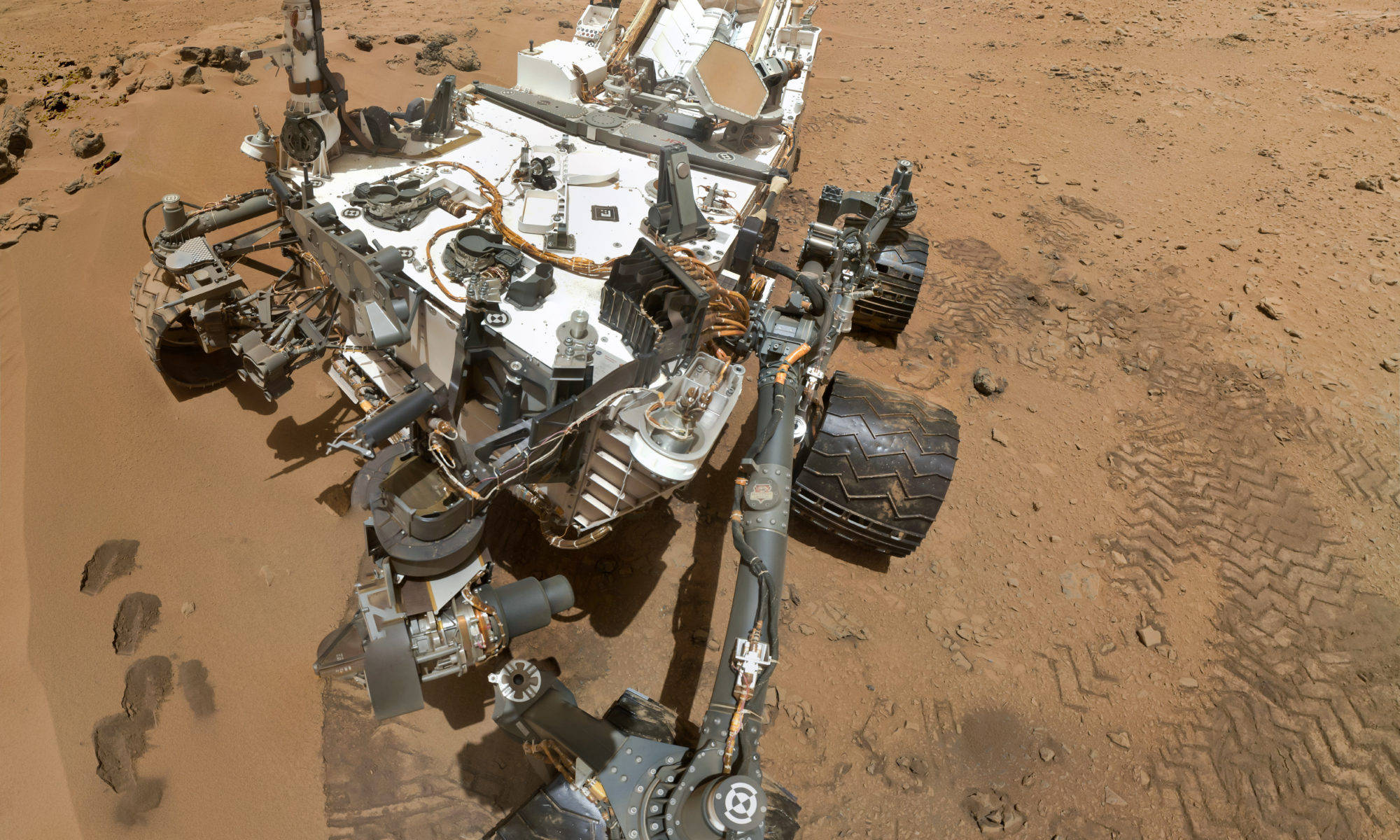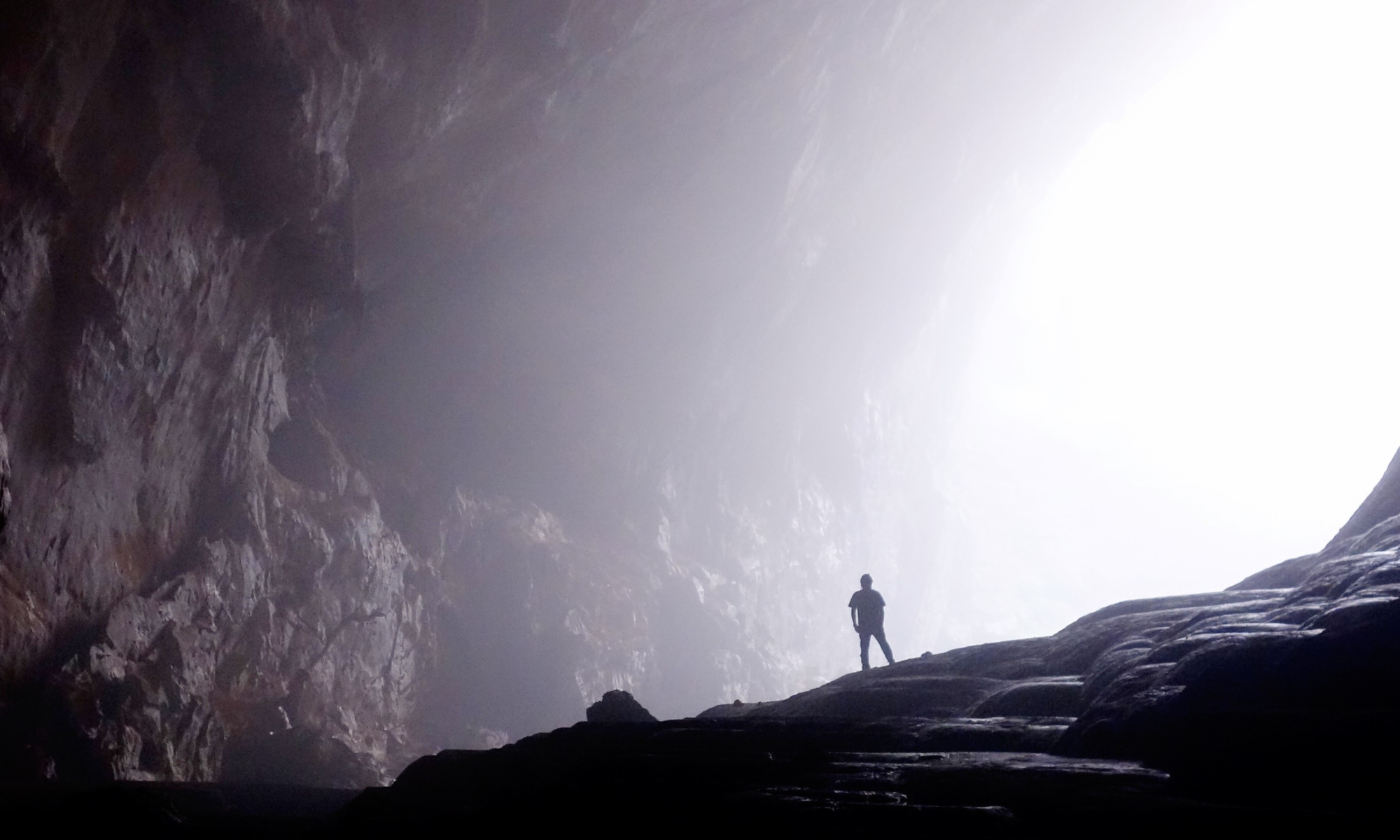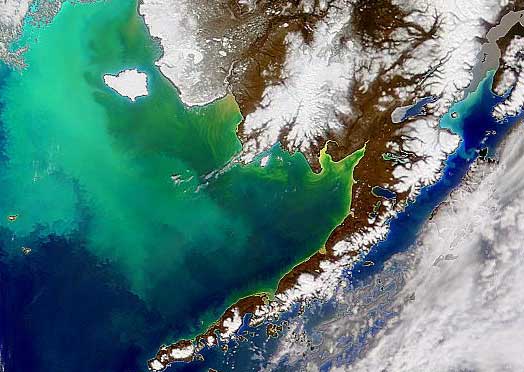Authors: Williams, Amy J., Kathleen L. Craft, Maëva Millan, Sarah Stewart Johnson, Christine A. Knudson, Marisol Juarez Rivera, Amy C. McAdam, Dominique Tobler, and John Roma Skok.
The quest to find signs of life on Mars is one of the greatest scientific challenges of our time. For some researchers, the quest is a chemical one. A search for the biomolecular remains of life that may have lived when Mars was warmer and wetter billions of years ago. However, finding and recognizing molecular fossils is no easy task, even for a rover as sophisticated as Curiosity. Now, new research from Dr. Amy Williams and her colleagues provides fresh insights into where Mars rovers should look for these fossils, what the signatures may look like, and a simple procedure for how to detect them.
The only way is… down? Groundwater on Mars could support microbial life in the present day
Featured image: A person exploring the rocks of a cave on Earth, Pixabay.
Paper: Earth-like Habitable Environments in the Subsurface of Mars
Authors: J.D. Tarnas, J.F. Mustard, B. Sherwood Lollar, V. Stamenković, K.M. Cannon, J.-P. Lorand, T.C. Onstott, J.R. Michalski, O. Warr.
Mars exploration has been looking “up” recently: the Ingenuity helicopter performed the first powered flight on another planet, and veteran rover Curiosity gave us stunning images from the top of Mount Mercou. But if we want to look for life on Mars, it might be time for us to look down instead. New research suggests that life on present day Mars could be sustained by chemical energy produced through the interaction between water and rocks deep underground, like it is here on Earth.
Continue reading “The only way is… down? Groundwater on Mars could support microbial life in the present day”Microbes, tectonics, and the global carbon cycle
Featured image: Steam rising from a pool in the Aguas Termales area near the base of Rincón de la Vieja volcano in Costa Rica. Courtesy of the Global Volcanism Program, Smithsonian Institution; photo by Paul Kimberly.
Paper: Effect of tectonic processes on biosphere-geosphere feedbacks across a convergent margin
Authors: K. M. Fullerton, M. O. Schrenk, M. Yucel, E. Manini, M. Basili, T. J. Rogers, D. Fattorini, M. Di Carlo, G. d’Errico, F. Regoli, M. Nakagawa, C. Vetriani, F. Smedile, C. Ramirez, H. Miller, S. M. Morrison, J. Buongiorno, G. L. Jessen, A. D. Steen, M. Martinez, J. M. de Moor, P. H. Barry, D. Giovannelli, and K. G. Lloyd
Plate tectonics describes the workings of our planet on the gigantic scale of continents and oceans, moving graduallly over hundreds of millions of years. But the tectonic processes that slowly shape and reshape the whole surface of the Earth also directly influence the lives of some of our planet’s tiniest residents: microbes. And those microbes, in turn, may have a larger effect on Earth’s carbon cycle than previously estimated.
Continue reading “Microbes, tectonics, and the global carbon cycle”Tiny organisms’ race to the bottom of the ocean
Paper: Microbial dynamics of elevated carbon flux in the open ocean’s abyss
Authors: Kirsten Poff, Andy Leu, John Eppley, David Karl and Edward DeLong
Cells from blooms of phytoplankton, or tiny plants, can enhance carbon flux all the way down to the deepest parts of the ocean. The authors of this recent study measured the amount of carbon in sinking particles deep in the ocean at a station near Hawaii. Over the course of three years, scientists identified three time periods of unusually high carbon flux, or transport, at this depth, and found that the organisms that made up the sinking particles were significantly different between high flux events and the rest of the time period. The data showed higher abundances of surface-dwelling microorganisms, including phytoplankton, contributing to these particles during high-flux events.
Continue reading “Tiny organisms’ race to the bottom of the ocean”Deep Sea Bacteria have Thrived for Millions of Years
Featured Image courtesy Yannis Papanastasopoulos, Unsplash.
Paper: Atribacteria reproducing over millions of years in the Atlantic abyssal subseafloor
Authors: Aurèle Vuillemin, Sergio Vargas, Ömer K. Coskun, Robert Pockalny, Richard W. Murray, David C. Smith, Steven D’Hondt, William D. Orsi
If you, like me, imagine the seafloor to be inhabited by strange, mysterious creatures like vampire squids and goblin sharks, think again: bacteria continue to surprise us with their resilience in the oddest of environments. Scientists have detected microbes living in the mud and rocks on the seafloor, but we don’t know much about them. Are they alive? How do they get energy in such a nutrient-poor environment? Given the inhospitable conditions in the sub-seafloor, scientists have thought that most of these microbes were close to the energy limit for life, which is an estimate of the minimum amount of energy required to sustain life as we know it. For this reason, we’ve assumed that subseafloor microbes die faster than they grow because there simply isn’t enough energy in the deep sea to sustain life long-term.
Continue reading “Deep Sea Bacteria have Thrived for Millions of Years”




